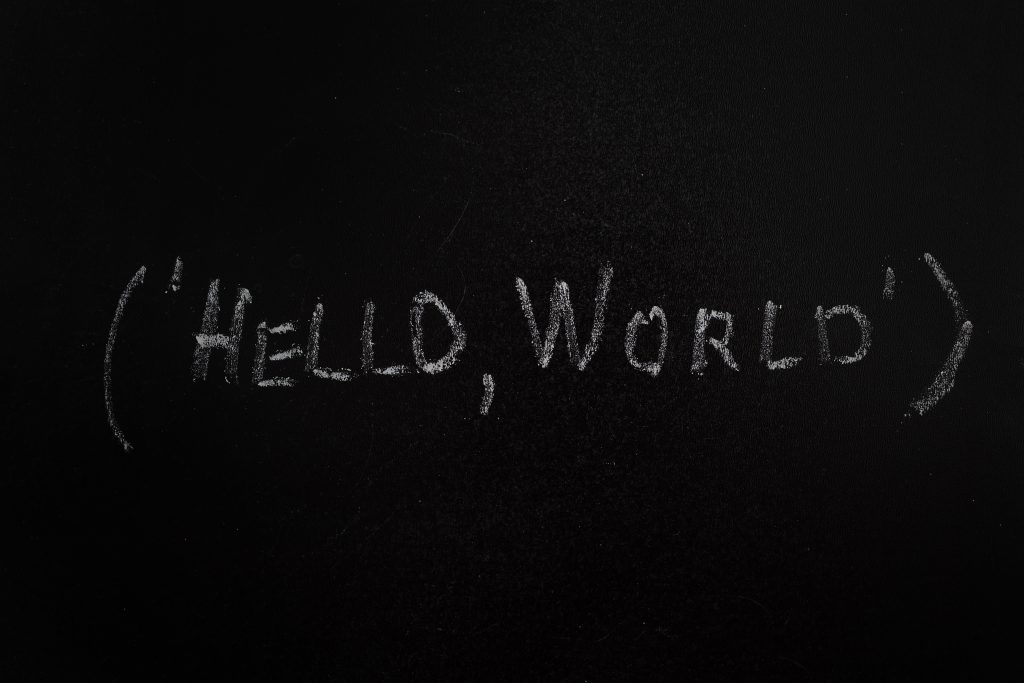As a Star Trek: The Next Generation fan, I am intrigued with the idea of a Holodeck. The Holodeck on this and subsequent series is a place that the characters mostly go to for recreation or to relax. They can hang out with historical figures, view an earthly sunset, or be a part of their favorite book. In fact, if someone can imagine it, it’s probably possible to recreate in the Holodeck. Once in a while, a character will go back to the same program over and over because they have developed a relationship with one of the virtual people. You might think that the Holodeck encounter is visual and audio only, but the characters experience the scenes with all their senses.
Of course, sometimes things go wrong, and the Holodeck becomes part of the plot of the episode. One time, a virtual character developed sentience and demanded to join the rest of the ship. How did that happen? A virtual character was created that could outsmart Data! Luckily, they did come up with a solution that saved the Enterprise and its crew.
I know I’ll never live long enough to see technology that matches the Holodeck, but some forms of Virtual Reality exist today. You can wear the VR headsets to play video games or ride a roller coaster, for example, and you experience a completely different environment.
Holograms also exist today. (In the series Voyager, the doctor on board is a hologram.) Despite my fascination with what I see in the Star Trek universe, I was a bit disturbed when I heard about concerts featuring deceased music stars as holograms. I love going to concerts, but I would rather stay home and listen to a recording than watch a hologram. This technique has been used for duets with a live singer (Lisa Marie Presley with her father Elvis, for example) which does seem kind of cool. But, otherwise, just a concert with a virtual Whitney Houston seems like a waste of money.
The same week I learned about the Whitney Houston hologram, I heard about another virtual reality experience that I do want to see. Time Magazine, in cooperation with Martin Luther King’s estate presents “The March” opening first in Chicago. Because of months of research with actual participants and historians as well as access to original recordings, this event is touted to make the audience feel like they are experiencing the 1963 March on Washington first-hand. Not only do audience members hear Dr. King, they also hear everything else going on that day. What a great way to learn more about such an important day, and, hopefully, this technology will be used to recreate more historical events.
While we are centuries away from the Holodeck experience, we can take advantage of today’s technology for fun or education. Now, if we can just get that Replicator working…
Commentary Competition
Enjoyed the topic? Have a relevant anecdote? Disagree with the author? Leave your two cents on this post in the comments below, and our favourite response will win a $50 Amazon gift card. The competition closes two weeks from the date of publication, and the winner will be announced in the next Simple Talk newsletter.



